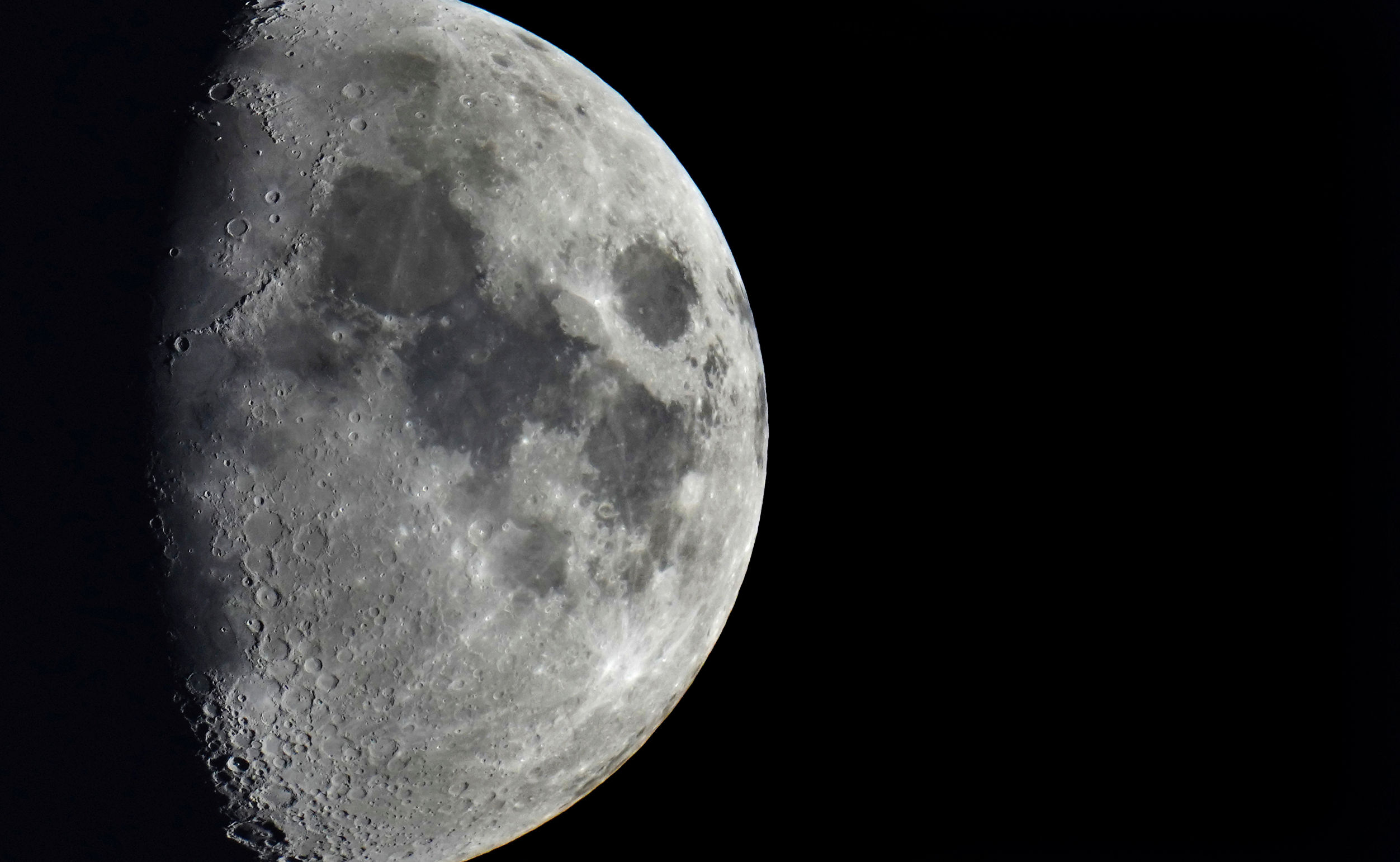China is prepping to launch a trio of unmanned moon missions over the next 10 years in an attempt to beat the United States’ renewed bid for space exploration, according to a Bloomberg report.
The announcement comes just a day after China said that they had found a new lunar mineral which was discovered by the Chang’e-5 mission. The mineral is said to contain helium-3, which is often seen as a potential future source of energy. Named Changesite (Y), it is apparently a colourless transparent crystal, according to the state-run Xinhua news agency.
The Chinese equivalent of NASA, the National Space Administration, received the go ahead from the government recently, as part of the Chang’e lunar program, Liu Jizhong, an official with the China Lunar Exploration and Space Program Center told CCTV, the state-backed television channel.
In light of the recent developments at NASA over the past few years, China has ramped up its own space programmes. So far, it has sent various probes to the moon, is planning to build its own space station and is looking to Mars, just like the US. The two nations are likely to be in direct competition to see who gets there first.
Also Read | Fuel leak ruins NASA’s 2nd attempt at launching Artemis moon rocket
NASA has already sent two Mars rovers, Spirit and Opportunity, this decade. The space agency has plans to put humans on the Moon again, the first time since it shut down the Apollo program in 1972, after the return of the Apollo 17.
Both China and the USA have their sights set on the Moon as a potentially new source of minerals, which are likely to exacerbate tensions between the two nations. Moon mining might just become the next point of contention between the two countries given that NASA is probing the south pole of the satellite planet. The region is where China plans to establish a research station in partnership with Russia. NASA’s Administrator Bill Nelson has accused China of stealing technology and accused the country of not taking responsibility for its space debris, according to a Business Insider report.
Also Read | Items Artemis I is carrying: From Snoopy toy to Apollo 11 mission patch
For the United States, the eastern country’s accelerated space program will likely mean that it will have to ramp up its own efforts with the Artemis programme. The programme has a new albeit shorter launch window after fuel leaks and temperamental weather delayed the launch two times. The Artemi I rocket has been given two dates late in September for potential take-off.
China first establishes its lunar exploration program back in 2004, which launched its first spacecraft in 2007. Named after the Chinese goddess of the Moon, the Chang’e missions have recently been focused on acquiring samples from the satellite.
The Chang’e-7 exploration mission is set to launch in 2024. It will be an unmanned robotic mission that China hopes will pave the way for a manned moon in 2030s and eventually, a research station at the Moon’s south pole.







